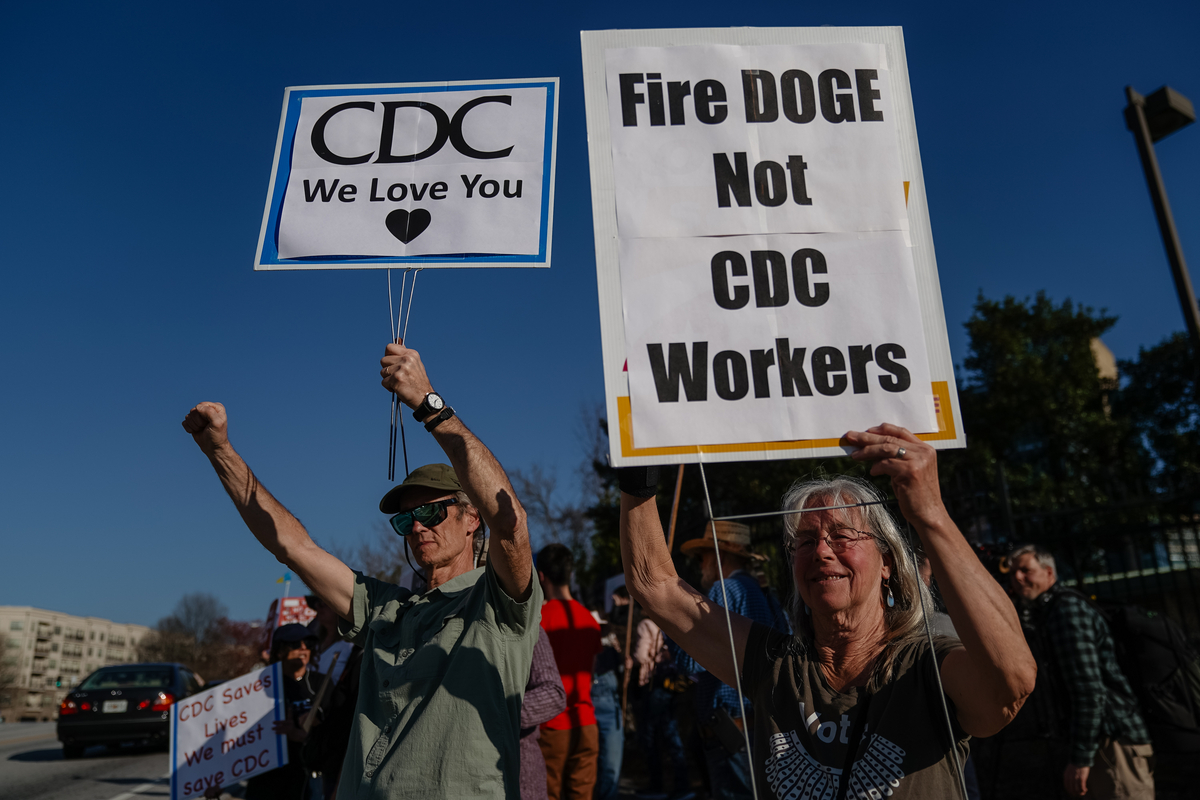Climate Watchdogs Silenced: Trump's CDC Purge Strips Environmental Oversight

In a surprising turn of events, critical health and human services departments are facing significant staff reductions, targeting divisions that Secretary Robert F. Kennedy Jr. has previously highlighted as key priorities. Among the most affected areas are programs dedicated to addressing lead poisoning and other crucial public health initiatives.
The layoffs have raised concerns about the potential impact on essential community health services, particularly those focused on protecting vulnerable populations from environmental health risks. Despite Secretary Kennedy's previous emphatic statements about the importance of these programs, the current workforce reductions seem to contradict those earlier commitments.
Experts and community advocates are expressing alarm about how these staffing cuts might compromise ongoing efforts to identify, prevent, and mitigate health challenges that disproportionately affect at-risk communities. The situation underscores the delicate balance between administrative restructuring and maintaining critical public health infrastructure.
